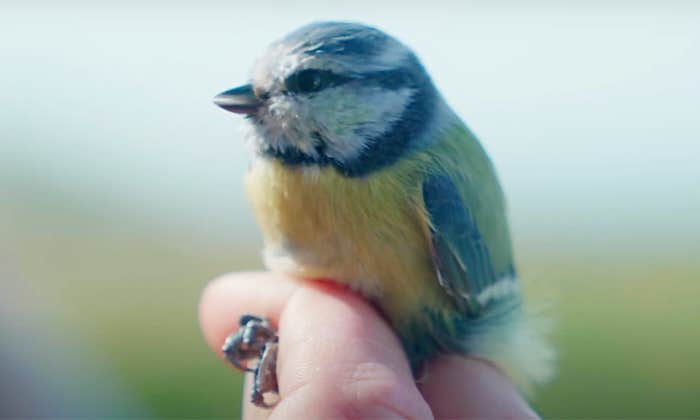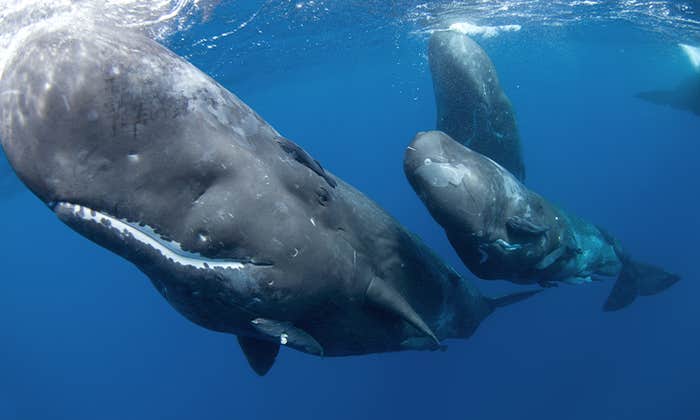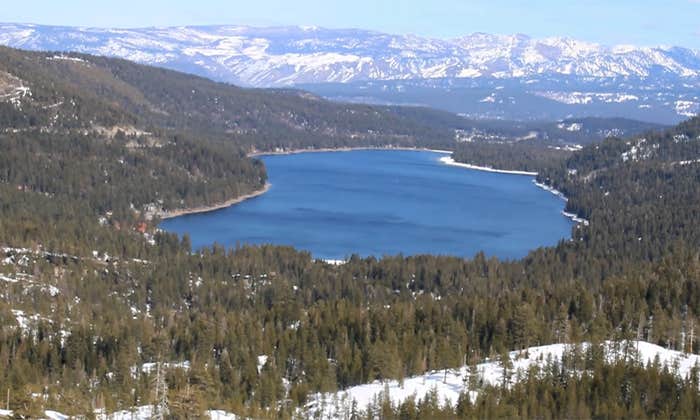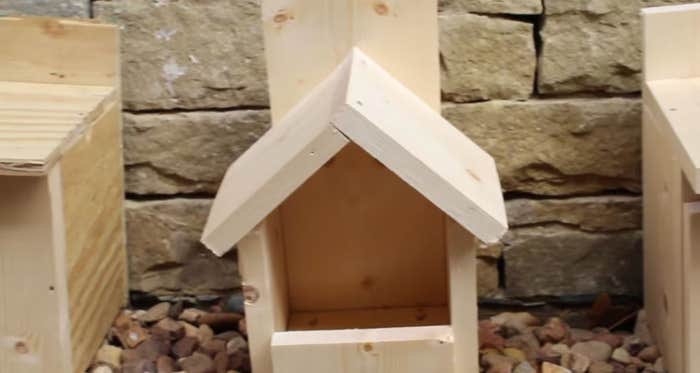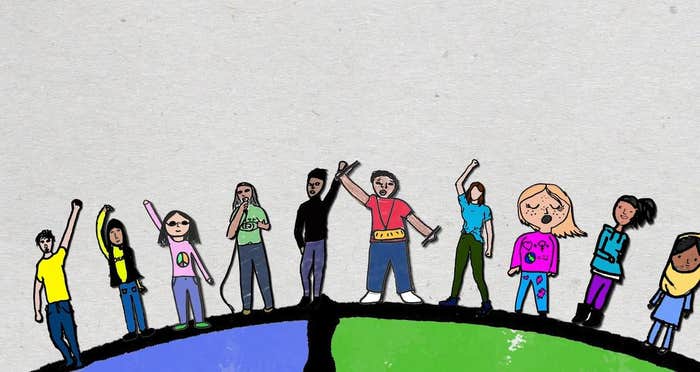“It’s just one piece of trash,” says Natalie Vowles, looking at a piece of garbage at her feet on a mostly beautiful beach near Santa Cruz, California. Vowles’ film “Even Little Things” begins with a very simple premise, focused on a single object the likes of which many of us have experienced first hand: litter. “Even Little Things” earned Highest Distinction in the Redford Center Stories, an annual film-making competition open to middle school students ages 10-14. The 2021 competition attracted more than 400 entries from students across the country who took on the theme of environmental justice.
I want people to know the trash adds up, and that if one more thing blows into the ocean it does matter.
Vowles’ observation becomes an existential question as the beach fades. “It’s just one piece of trash” repeats in thought balloons that circle an illustrated Earth. Simple, highly graphic animated sea creatures come on screen in bright and cheerful colors. But as a whale swallows that trash—as do a turtle, an otter, a seagull, and a fish—all those single pieces of refuse add up to collective disaster. The illustrations highlight the contents of the animals’ stomachs and their outlines darken. We are poisoning wildlife—they are literally eating our garbage.
Nautilus caught up with Vowles to talk about her film.
Your film was submitted in the category “I live here …” What’s it like to live near this amazing beach?
The ocean and the beaches have been a big part of my growing up. It’s a real coastal community. When you go to the beach you see people playing lots of games. It’s a happy place. Friends meet up at the beach, and families. You can see dolphins and whales in the water at certain times of the year. Seals bob their heads up in the waves.
How did you begin to notice something negative going on at the beach?
A lot of people visit our beaches and don’t necessarily care about the environment. Trash gets left on the sandy shores. It’s heart-breaking. Majestic birds fly by. And then you see them on the beach, picking up a plastic toy and trying to eat it. A lot of different animals eat these materials. We are treating them horribly. Not on purpose, but still. As a child you don’t really process what’s happening. In fifth and sixth grades the high schoolers would come to our class and play interactive games, show slides about the environment. Then I became president of an ocean awareness club at my school, and now we are making the slides and other presentations. It feels really great to do even a small thing. With other groups we organize clean ups and spread awareness to educate our peers. If we all come together and pick up some trash, over time it can make a difference.
Your film is distinguished by powerful animated images. You’re a good artist!
I’ve always had a passion for art, and spent time drawing at home, painting, making birthday cards. My school has a great artsy component and I just love taking that hour of the day to forget about problems and future tests, to go to the art room and be creative, to work on a project.
At the start of 2020 I got into painting and took a watercolor class. I wasn’t too good at that and tried some acrylic. My mom and I started painting on wood blocks. My dad is a graphic designer and does digital work, so I thought I would try that too. I experimented with doing this different kind of painting, not just on paper but on a device.
How did your film come together?
As I originally built the film I started sketching stuff out and had this story line of a whale eating some trash and then other animals were eating it as well. The thought about turning the animals black was to show them dying a little bit—to add a sense of defeat and sadness. I tried a few different styles with the video. My dad and I went to the local beaches to film some waves crashing down, overlapping that over some other sounds. My mom helped me film some of the final shots. I stitched video clips and sound together into iMovie, which I couldn’t do in Apple Clips. There were definitely some challenges, like finding a way to switch between the drawings in an animated way. I had most shots of the whale, and could copy and paste different details, like its open mouth. Once I got the hang of it I realized I could create more things like this—I definitely learned new skills.
Your message is pretty clear: Do that one thing, and results will add up.
I read about a whale that washed up onshore with its stomach filled with trash: the devastating loss of a majestic creature. I want people to know the trash adds up, and that if one more thing blows into the ocean it does matter. And the little things we do to make a difference also add up. Recycling, composting—making the right decisions.




















